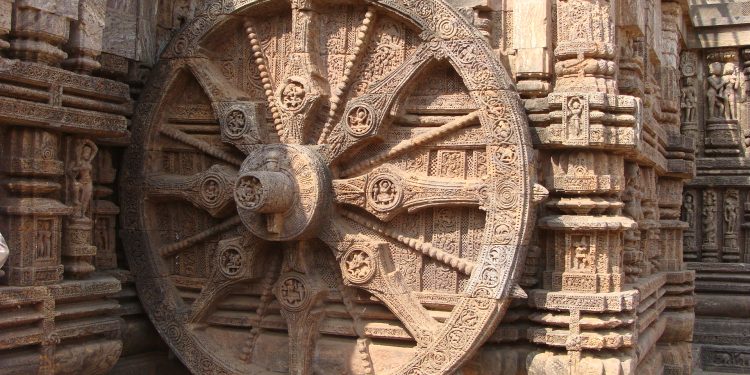Every year, April 18 is celebrated across the globe as the International Day for Monuments and Sites or as World Heritage Day.
Proposed by the International Council on Monuments and Sites in 1982, the UNESCO General Assembly approved of it a year later with an aim to raise awareness about mankind’s cultural diversity.
With 37 World Heritage Sites inside its borders, India is ranked sixth in the list of countries with the most number of sites. Yet, tourists often frequent about a dozen of them.
Here are five ‘lesser known’ sites in India that deserve a place in every travel blogger’s diary.
1. Convents and Churches of Goa
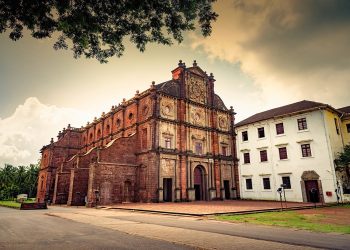
Goa sees a lot of tourists, both foreign and domestic, every year. While most lounge on the beaches or try their hand at adventure sports, few explore the state’s beautiful Christian monuments.
The Basilica Bom Jesus is an example of Baroque architecture in India. The basilica also houses the remains of Francis Xavier, the ‘Apostle of the Indies’.
Other sites include Goa’s oldest church, Church of Our Lady of Rosary and Se Cathedral, dedicated to St. Catherine of Alexander.
2. Rani-ki-Vav, Gujarat
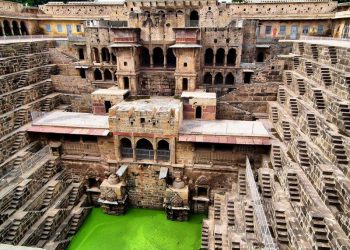
In contrast to the Taj Mahal, which is a man’s quest to immortalise his love for his dead wife, the Rani-ki-Van is a woman’s eulogy to her husband.
Built by the widowed Queen Udayamati for her late husband King Bhima I in the 11th century, the stepwell’s walls carry more than 1500 statues of Hindu Gods and Goddesses.
The nearby River Saraswati had flooded the stepwell for decades, covering it with silt. It was not until the 1980s when the Archaeological Survey of India completed its excavation, unearthing this magnificent piece of architecture.
3. Konark Sun Temple, Odisha
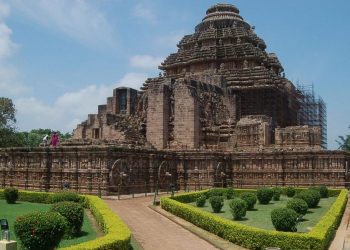
Lying along the coast of Odisha, the Sun Temple in Konark was constructed sometime in the 13th century. It is built in the shape of a chariot with 24 wheels that is carried by six horses.
European sailors called it the ‘Black Pagoda’ because its tallest tower appeared black.
Although much of the structure lies in ruins, it still stands as a testament to the unique Kalingan architecture.
4. Bhimbhetka Rock Shelters, Madhya Pradesh
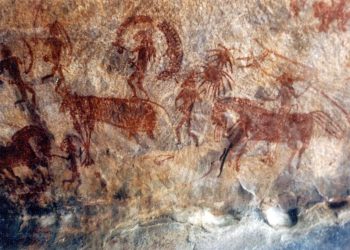
These gigantic natural caves in central India are located in the sandstone cliffs on the foothills of the Vindhya Mountain Range and can be traced back to the prehistoric Paleolithic and Mesolithic periods.
Through its unique wall paintings, it offers us a glimpse of the earliest traces of human life in the subcontinent. The UNESCO World Heritage Site is made up of seven hills and over 750 rock shelters that are spread over a 10 kilometres area.
The cave paintings display pictures of animals and human activities like dancing and hunting.
5. Capitol Complex, Chandigarh
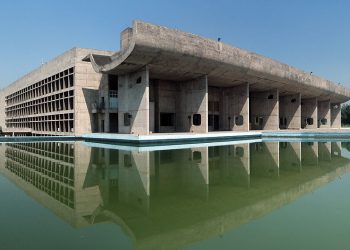
The magnum opus of French architect Charles-Edouard Jeanneret-Gris, or Le Corbusier, the Chandigarh Capitol Complex spreads over an area of over 100 acres and houses the Punjab and Haryana High Court or the Palace of Justice, the Palace of Assembly, the Secretariat and the Open hand Monument among other structures.
The Complex was given a World Heritage Site status by UNESCO in 2016.
PNN

